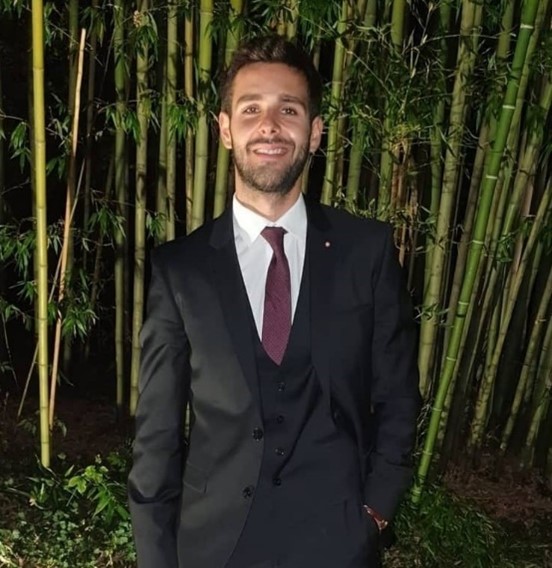Invited Speaker

Dr. Raffaele Cucuzza
Department of Structural, Geotechnical and Building Engineering, Politecnico di Torino, ItalySpeech Title: An Alternative Approach for Reversing the Structural Design Process: from the Traditional Minimum-weight Approach to the Cutting Losses Minimization
Abstract: Since the beginning of the structural optimization field, the optimal design was characterized by the least-weight configuration. In this sense, all the researchers agreed on adopting the minimum-weight optimization statement as the most promising approach to achieve an optimized employment of material. However, especially for steel structures, this approach completely fails the primary goal of encouraging standardization of pieces during the production phase and reducing constructability issues at the assembly and erection phase. Except for rare cases, increasing diversity among structural elements (i.e. different lengths, different cross-sections and/or materials) leads to a dramatic increase in the financial cost as well as the environmental impact of the structure because of the material waste generated during the cutting procedure.
In this research, a Genetic Algorithm (GA) has been developed and the well-known one-dimensional bin packing problem (BPP) has been implemented within the structural optimization process. The Objective Function formulation lies in a marked change of the paradigm in which the target function is represented by the amount of steel required by the factory instead of the structural cost (e.g. weight). The proposed approach is tested on different steel structures with an increasing number of pieces moving from 2D truss beams to 3D domes. The best design is obtained by varying the size and the overall layout ensuring optimal stock of existing elements.
Finally, comparisons between the traditional minimum-weight approach and the proposed one have been provided for each case study, and economic and environmental benefits deriving from the latter have been discussed.
Biography: Raffaele Cucuzza is a researcher fellow at the School of Civil Engineering (DISEG), Politecnico of Turin, Italy. He holds a Master's and Ph.D. degree from the same Institute cum laude. He was a member of the Academic Senate and he is an Associate Editor member of the expert Editorial Panel of the ICE journal Bridge Engineering and Frontiers in Built Environment Journal. Member and coordinator of the research group Artiste (Artificial Intelligence in Structural Engineering) of the Politecnico of Turin. He finished an abroad period at the National University of Athene (NTUA) and Brunel University (BUL) where experienced Optimization strategies for Civil Engineering problems and optimal management of resilient infrastructures. He is a Scientific Advisor to engineering companies by which the applicability of Generative Design and Parametric Analysis, applied to solve practical design problems, is challenged. Especially, he is also the founder and main partner of the engineering society Morfos Engineering s.r.l. specialized in the field of structure and infrastructure rehabilitation and design. His research mainly focuses on the size, shape, and topological Optimization of structures and infrastructures aimed to minimize the structural weight, overall construction complexity, and environmental impact. Specifically, in the last years, new optimization strategies and innovative problem statements considering trade-offs between manufacturing, design, construction, sustainability goals, maintenance, and durability of structures have been proposed.

